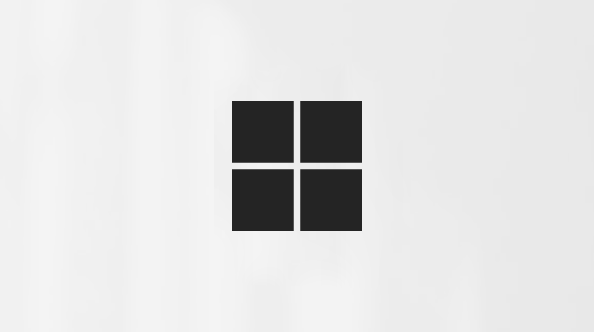An escape character, when in front of a special character, instructs Excel to use it as literal text in a search, lookup, or formula.
-
In a search or lookup, a Tilde (~) in front of a wild card (*, ? or ~) finds a literal *, ?, or ~. For example, ~*fy22 finds "*fy22", fy22~? finds "fy22?", and ~~fy22 finds "~fy022".
-
In a formula, to display a double quote use two double quotes. For example, ="The """ &G15&""" is interesting", when G15 = "story", displays; The "story" is interesting.
-
When formatting cells (Ctrl+1), use a backslash "\" to escape characters like semi-colon (:) or equals (=). For example, the #\:## format displays 15:20 for the value 1520 in a cell.
An escape character, when in front of a special character, instructs Excel to use it as literal text in a search, lookup, or formula.
-
In a search or lookup, a Tilde (~) in front of a wild card (*, ? or ~) finds a literal *, ?, or ~. For example, ~*fy22 finds "*fy22", fy22~? finds "fy22?", and ~~fy22 finds "~fy022".
-
In a formula, to display a double quote use two double quotes. For example, ="The """ &G15&""" is interesting", when G15 = "story", displays; The "story" is interesting.
-
When formatting cells (Ctrl+1), use a backslash "\" to escape characters like semi-colon (:) or equals (=). For example, the #\:## format displays 15:20 for the value 1520 in a cell.
An escape character, when in front of a special character, instructs Excel to use it as literal text in a search, lookup, or formula.
-
In a search or lookup, a Tilde (~) in front of a wild card (*, ? or ~) finds a literal *, ?, or ~. For example, ~*fy22 finds "*fy22", fy22~? finds "fy22?", and ~~fy22 finds "~fy022".
-
In a formula, to display a double quote use two double quotes. For example, ="The """ &G15&""" is interesting", when G15 = "story", displays; The "story" is interesting.
-
When formatting cells (Ctrl+1), use a backslash "\" to escape characters like semi-colon (:) or equals (=). For example, the #\:## format displays 15:20 for the value 1520 in a cell.










